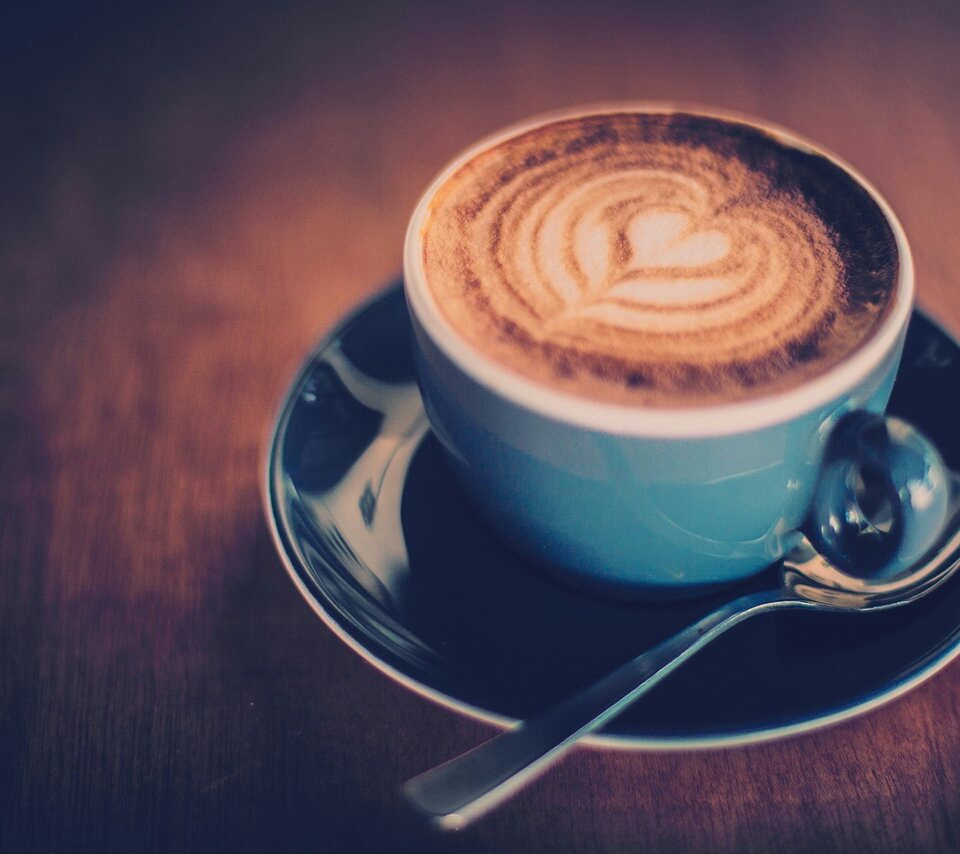Why is coffee bitter? Sour? Good coffee should not be bitter! Suffering is not good!

The bitterness of coffee has always been controversial. Some people say: how can it be called coffee if it is not bitter? Some people say that good coffee has a pleasant bitterness (so-called sour). There are many people say: good coffee should not have a bitter taste! Suffering is not good!
And why is coffee bitter? Why is it called pleasant bitterness?
When it comes to the bitter ingredients of coffee, perhaps most people's first reaction is caffeine! That caffeine is really a bad guy! It turns out that the bitter ingredient of caffeine comes from raw beans, is a bitter aftertaste, and its influence is only about 10% at most.
So what is the main ingredient of coffee that brings bitterness?
In order to solve this mystery that has plagued us for many years, Thomas Hofmann, a scientist at Technical University of Munich in Germany, decided to study the bitterness of coffee.
He filtered the brewed coffee and found that some of the molecules with the smallest molecular weight tasted the bitterest. So he used mass spectrometry to conduct a series of experiments and identified a molecule called chlorogenic acid lactone "chlorogenic acid lactone" as the culprit. (for convenience, let's call it Little Green.) Little Green has been around since the beginning of raw beans.
If we want to talk about Xiaolu, we must first talk about chlorogenic acid. To put it simply, chlorogenic acid exists in most plants and is produced by plants in the process of aerobic respiration. The small green is the coffee beans in the roasting process, decomposed from chlorogenic acid.
Does the baking degree have any effect on Little Green?
To this end, the researchers determined the content of small green in a series of coffee with different roasting degrees. Studies have shown that in the roasting process of coffee beans, the small green will increase with the deepening of the roasting degree. In light and moderate roasting, Little Green will only produce mild bitterness, which is what we call coffee characteristic, pleasant bitterness. As the baking time increases, the small green will be decomposed again and replaced by vinyl catechol polymer, which is the source of strong bitterness.
In this way, it is not difficult for us to understand why there is a saying in the world of curry-shallow sour, deep bitter. What we call pleasant bitterness is chlorogenic acid, and unpleasant bitterness is vinyl catechol polymer.
Does it mean that the more chlorogenic acid, the better coffee with bitter taste?
The answer is, of course, no. Generally, the more chlorogenic acid in raw coffee beans, the worse the quality of cup testing. Many defective beans also have a lot of chlorogenic acid, so it is not the more chlorogenic acid the better.
For example, robusta coffee beans contain 7% Mel 11% chlorogenic acid, while Arabica coffee beans contain only 5% Mel 8% chlorogenic acid.
Is the deep-roasted coffee beans bad?
A cup of coffee is a complex drink made up of more than 30 chemicals, and it is these "compounds" that determine the taste, aroma and acidity of coffee. It is not that the bitterness caused by deep roasting is bad, but that each type of coffee bean has its own baking degree. According to the characteristics of each coffee bean, the roaster will choose the most suitable baking degree according to the characteristics of each coffee bean, and perfectly show the unique flavor of each coffee bean.
Important Notice :
前街咖啡 FrontStreet Coffee has moved to new addredd:
FrontStreet Coffee Address: 315,Donghua East Road,GuangZhou
Tel:020 38364473
- Prev

Is cat shit and elephant shit coffee really delicious? What's the difference in taste?
I'm afraid many people are no stranger to coffee, but do you know Kopi Luwak and shit-like coffee? What are their peculiarities? What's the difference in taste? Kopi Luwak refers to the raw coffee beans that the civet eats the fresh coffee beans and digests the peel and flesh of the coffee berries through the intestines. Freshly picked coffee beans include exocarp and pulp from the outside to the inside.
- Next

How to find the kind of coffee that suits your taste
The choice of coffee is like an interesting game of hide-and-seek. Each caffeine variety has a different origin and has its own strong personality, but if you don't have the patience to taste it one by one, the following rules may allow you to find the right kind of coffee according to the map of your mood. Taste: people who have a lust for taste stimulation can try deep-fried coffee from Indonesia or Africa.
Related
- Detailed explanation of Jadeite planting Land in Panamanian Jadeite Manor introduction to the grading system of Jadeite competitive bidding, Red bid, Green bid and Rose Summer
- Story of Coffee planting in Brenka region of Costa Rica Stonehenge Manor anaerobic heavy honey treatment of flavor mouth
- What's on the barrel of Blue Mountain Coffee beans?
- Can American coffee also pull flowers? How to use hot American style to pull out a good-looking pattern?
- Can you make a cold extract with coffee beans? What is the right proportion for cold-extracted coffee formula?
- Indonesian PWN Gold Mandrine Coffee Origin Features Flavor How to Chong? Mandolin coffee is American.
- A brief introduction to the flavor characteristics of Brazilian yellow bourbon coffee beans
- What is the effect of different water quality on the flavor of cold-extracted coffee? What kind of water is best for brewing coffee?
- Why do you think of Rose Summer whenever you mention Panamanian coffee?
- Introduction to the characteristics of authentic blue mountain coffee bean producing areas? What is the CIB Coffee Authority in Jamaica?

